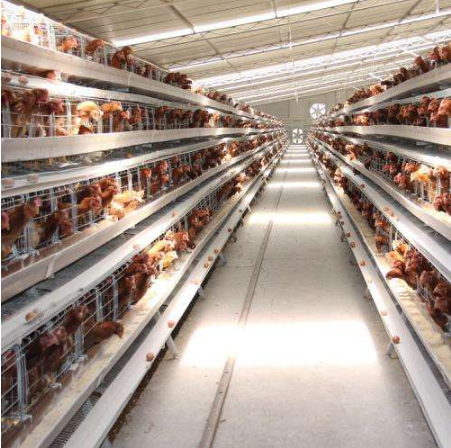With the rise of the aquaculture industry, large-scale and automated aquaculture has become the development trend of the aquaculture industry, and it has gradually been favored by people. The traditional captive breeding method has the disadvantages of occupying a large area and is not conducive to management. It has been eliminated. How to increase the aquaculture volume It is a difficult problem that the modern breeding industry needs to solve, and the birth of the new layered layer cage effectively solves this problem. The new layered layer cage is a widely used cage in the layer breeding industry. The use of layered layer cages to raise chickens can increase the number of chickens raised per unit area of the farmer, improve the egg production performance of the layer, and increase the later stage. Many advantages such as economic benefits can be demonstrated.

In the cascading layer cage equipment, the feeding process and feeding process do not need anyone to operate, and the whole process is completely active. The basic work process is: the feed tanker delivers the feed to the feed storage tower outside the chicken house on time, and then the horizontal feeding device sends the feed in the feed tower to the feeding cart hopper of each row of cages at the set time. After the last crane hopper is filled with feed, the horizontal feeding device actively stops feeding. The feeding crane runs backward at the set time, and when it reaches the end of each row of cages, the crane stops automatically. In the course of operation, the hopper of each layer of the crane corresponds to each trough to evenly drop the feed on the trough, and each chicken can freely eat fresh feed.
Egg filtration system in automated breeding equipment: The transmission mechanism of the egg filtration system adopts a chain. Sprocket drive, stable transmission. This system is mainly installed according to the needs of customers, and the soft eggs are leaked into the soft egg tray below. Prevent the egg mucus that is broken during the transportation of soft eggs from sticking to the upload system and contaminate the finished eggs. Because the egg collection and transportation process is carried out by the rolling and translation of the eggs, the soft eggs cannot be rolled due to their soft skin, so accumulation often occurs during the egg collection process to prevent normal eggs from passing smoothly.